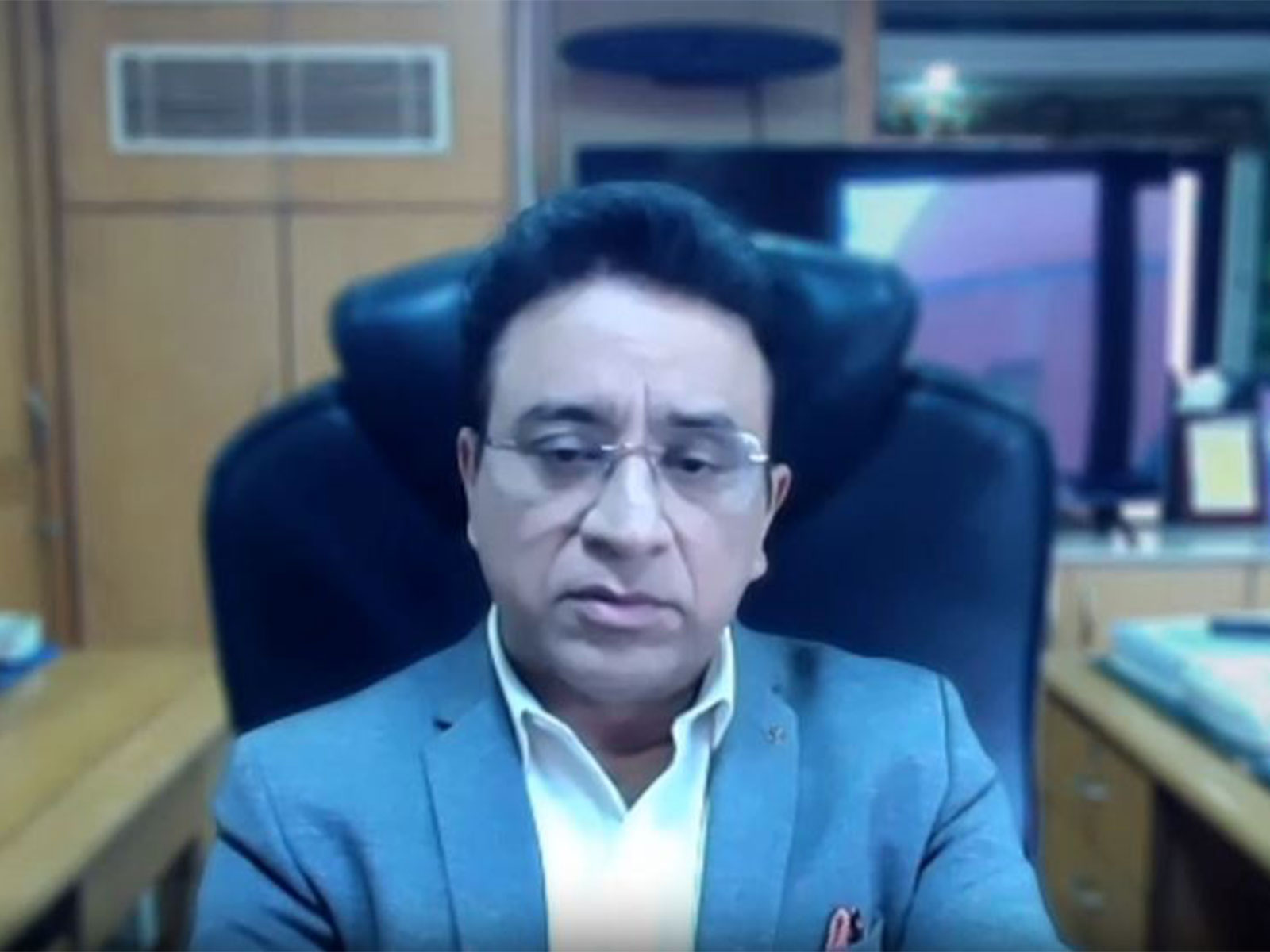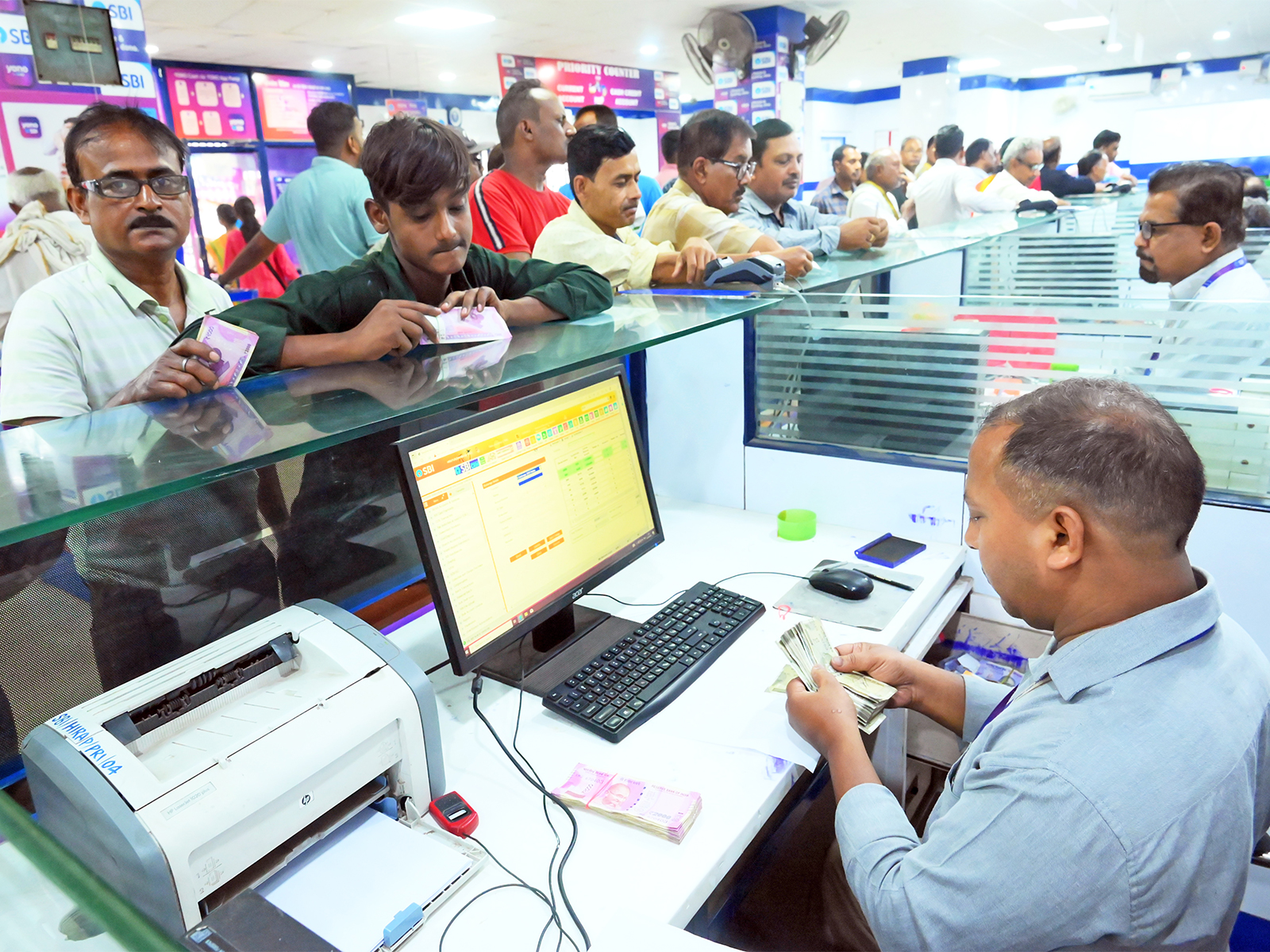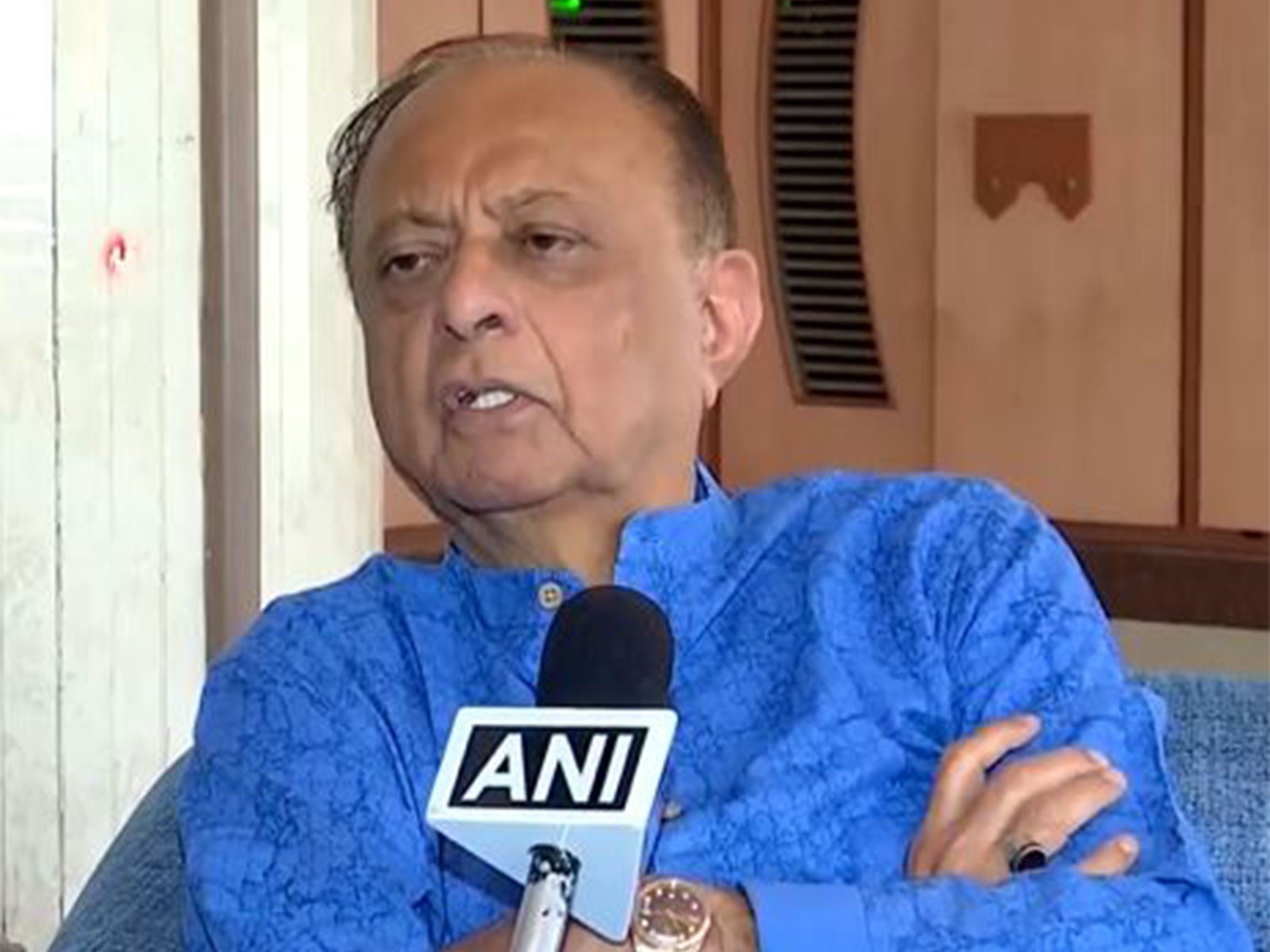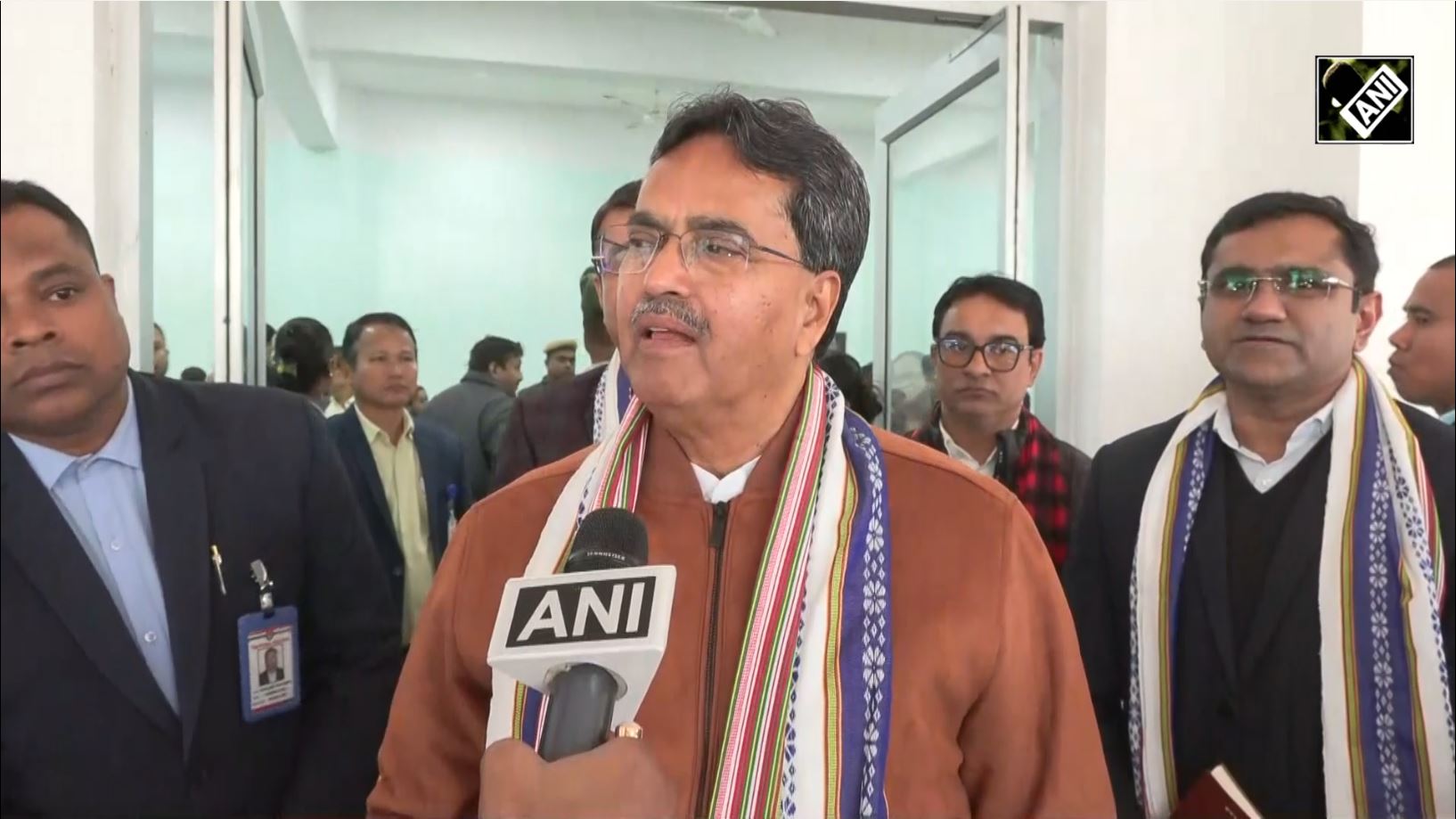RBI's rate cuts transmission visible in banks' books, faster adoption in Pvt banks than PSU banks: CareEdge
Aug 05, 2025

New Delhi [India], August 5 : The transmission of policy rate cuts by the Reserve Bank of India (RBI) is visible in the outstanding books of banks, and fresh loans are given at relatively higher margins, according to a recent report by CareEdge Ratings.
The report highlighted that scheduled commercial banks (SCBs) are witnessing a decline in spreads due to the ongoing rate transmission process.
It stated, "The transmission of policy rate cuts is more visible in the outstanding book, while fresh loans are being priced with relatively higher margins."
In June 2025, SCBs experienced compression in spreads as the impact of policy rate cuts became more prominent.
The report noted that fresh loans are being priced with relatively higher margins, showing that banks are adjusting to the evolving rate environment.
The report also pointed out that private sector banks (PVBs) witnessed a faster rate transmission compared to public sector banks (PSBs).
It stated: "The greater proportion of EBLR-linked loans, such as those tied to the repo rate or Tbills, in PVBs enabled faster transmission compared to PSBs."
With the RBI implementing liquidity measures, banks have been able to reduce deposit rates. However, the demand for retail credit remains subdued, and banks are showing a cautious approach towards aggressive credit expansion due to sustained pressure on margins.
The report also mentioned that the lending rate on outstanding rupee loans declined by 22 bps to 9.45 per cent, mainly due to the policy rate cuts, weak credit demand, and competitive pressures. This drop was further supported by a higher share of floating-rate loans in the portfolio.
Meanwhile, the fresh spread for SCBs compressed by 22 bps to 2.87 per cent in June 2025. Surplus liquidity, rate cuts, and muted credit demand contributed to this reduction.
The lending rate on fresh loans dropped significantly by 58 bps month-on-month to 8.62 per cent, while the fresh deposit rate also fell by 36 bps to 5.75 per cent.
The report concluded that the rate cuts by the RBI are gradually passing through the banking system, especially in the outstanding books, with both lending and deposit rates adjusting accordingly.



















